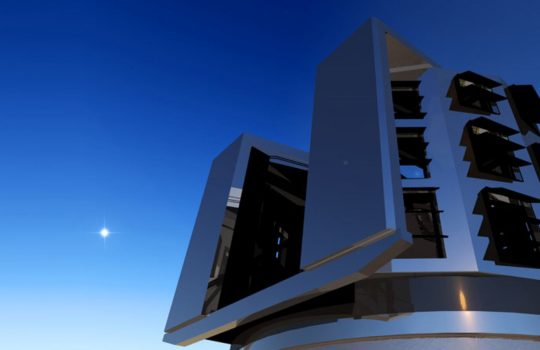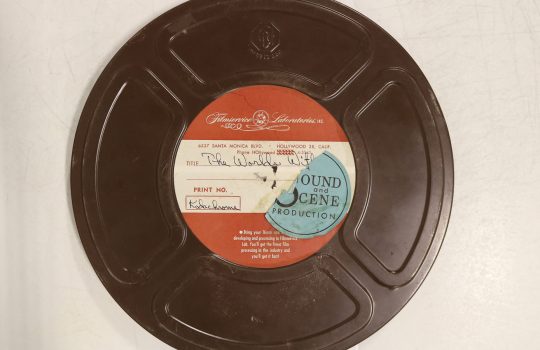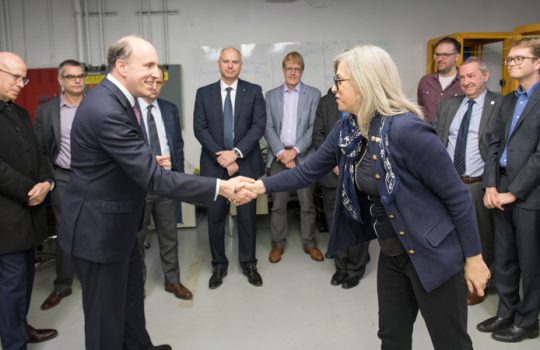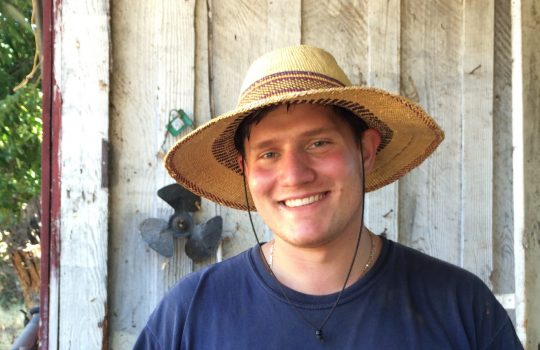Kids of all ages welcome at Fermilab’s annual Family Open House
From Kane County Chronicle, Jan. 24, 2019: Families are invited to spend an afternoon learning about science through hands-on activities at Fermilab’s annual open house from 1 to 5 p.m. on Feb. 10.





